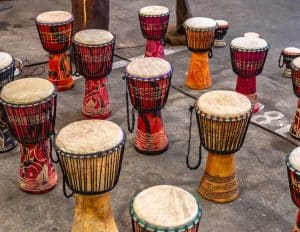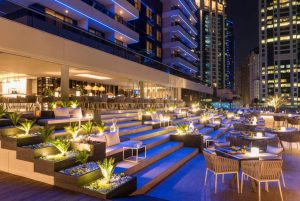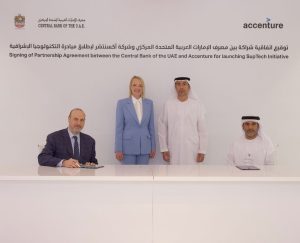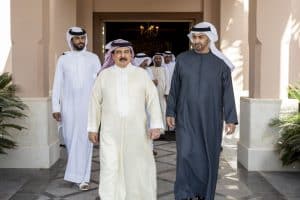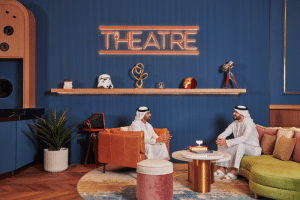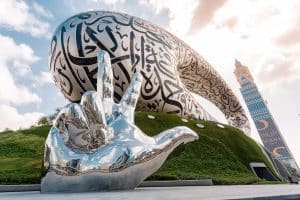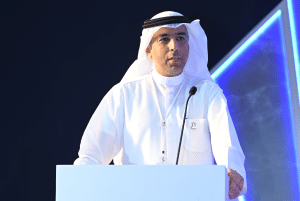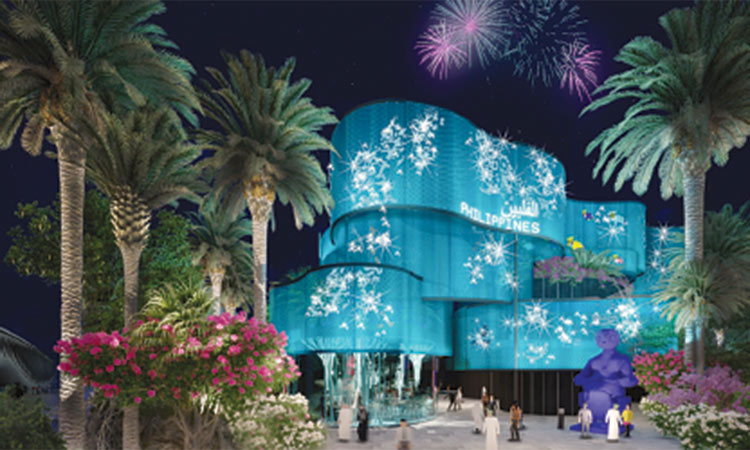
The construction work on the Philippines’ pavilion at Expo 2020 is in the final stage and the pavilion is set for handover next month. Philippine Ambassador to the United Arab Emirates, Hjayceelyn Quintana was informed and briefed about the ongoing work during her visit to the construction site.
The ambassador lauded the Philippine Department of Trade and Industry (PDTI), the Philippines government’s lead agency in organising the Philippine participation to the World Expo. PDTI, she said, is successfully delivering the pavilion, through efficient project http://www.businesstoday.me/wp-content/uploads/2022/12/sample10.jpgistration.
She also observed the foresight of the UAE government for making Expo 2020 Dubai a global platform to enable smarter movement of knowledge, ideas, products and services.
“We are in solidarity with the UAE as it forges ahead with optimism for the opening of Expo 2020 Dubai on October 1 this year. The construction of the national pavilions, including the Philippines’ Bangkóta, moved at an immense pace thereby showing UAE’s extraordinary ability as host of this global event to overcome unprecedented challenges brought about by the COVID-19 pandemic,” said the ambassador.
She added, “We are immeasurably proud to witness the Bangkóta vision evolving from a blueprint, and taking shape as a truly world-class, sustainable structural showcase that is set to enthrall Expo visitors, as well as make the Filipinos proud.”
The ambassador and her delegation were received by Expo 2020 Dubai officials who also toured them around Terra – The Sustainability Pavilion, which is focused by an interactive experience on humanity’s relationship with the planet.
The Philippines pavilion responds to its location in the Sustainability District of the Expo with a strong assertion of cultural sustainability across thousands of years.
The pavilion, organically shaped like the Bangkóta—the ancient term for “coral reef” in the language Tagalog, spans a 1,386-square-metre piece of land, that evokes the coral reef as a metaphor for the Filipino capacity for extreme interconnectedness.


